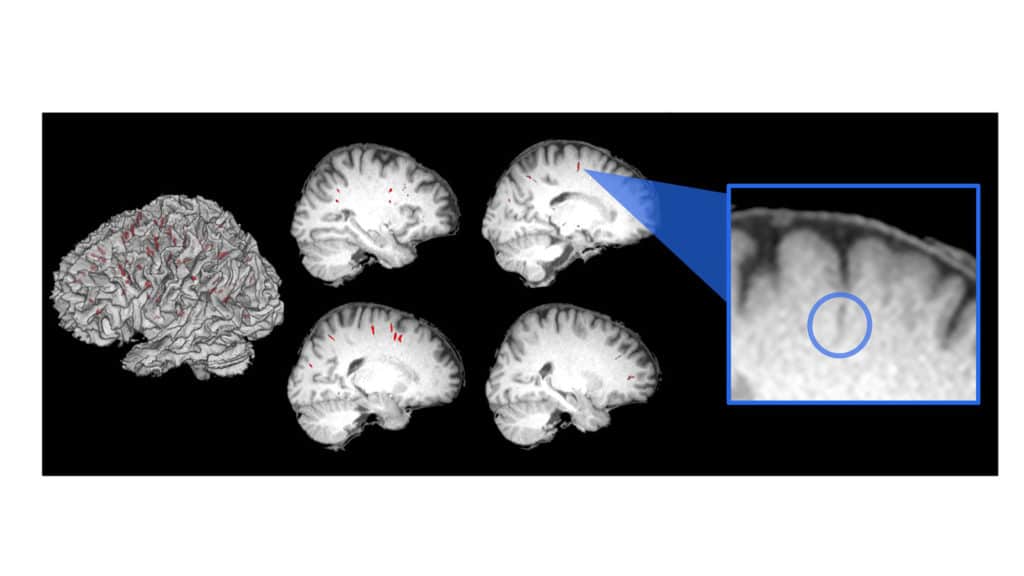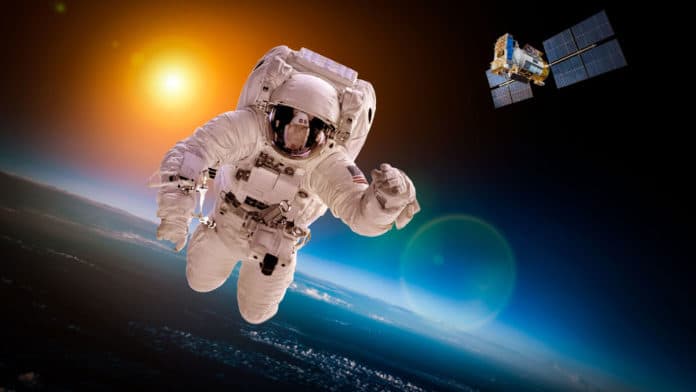Humans are exposed to extreme environmental stressors during spaceflight and return with alterations in brain structure and shifts in intracranial fluids. To date, no studies have evaluated the effects of spaceflight on perivascular spaces (PVSs) within the brain.
A new study by Oregon Health & Science University examined the impact of Long-duration space flight on the astronauts’ brains. It suggests that extended space flight alters fluid-filled spaces along veins and arteries in the brain. The findings could have significant implications while continuing space exploration.
Scientists scanned the brains of 15 astronauts before and after extended tours of duty on the International Space Station. They used MRI to measure perivascular space — or the space around blood vessels — in astronauts’ brains before their launch and immediately after their return.
They also repeated the MRI readings one, three, and six months following their return. The photos taken by the astronauts were compared to those taken by 16 Earth-bound control participants of the same perivascular space in their brains.

Scientists noticed an increase in the perivascular spaces within the brains of first-time astronauts after comparing before and after photos. There was no difference among astronauts who had previously served aboard the space station orbiting Earth.
Senior author Juan Piantino, M.D., assistant professor of pediatrics (neurology) in the OHSU School of Medicine, said, “Experienced astronauts may have reached some kind of homeostasis.”
Despite the abnormalities observed in the perivascular regions of their brains, scientists discovered no problems with balance or visual memories that may indicate neurological deficits among astronauts.
Piantino said, “the study could be valuable in helping to diagnose and treat Earth-bound disorders involving cerebrospinal fluid, such as hydrocephalus.”
“These findings not only help to understand fundamental changes that happen during space flight but also for people on Earth who suffer from diseases that affect the circulation of cerebrospinal fluid.”
Journal Reference:
- Hupfeld, K.E., Richmond, S.B., McGregor, H.R. et al. Longitudinal MRI-visible perivascular space (PVS) changes with long-duration spaceflight. Sci Rep 12, 7238 (2022). DOI: 10.1038/s41598-022-11593-y
